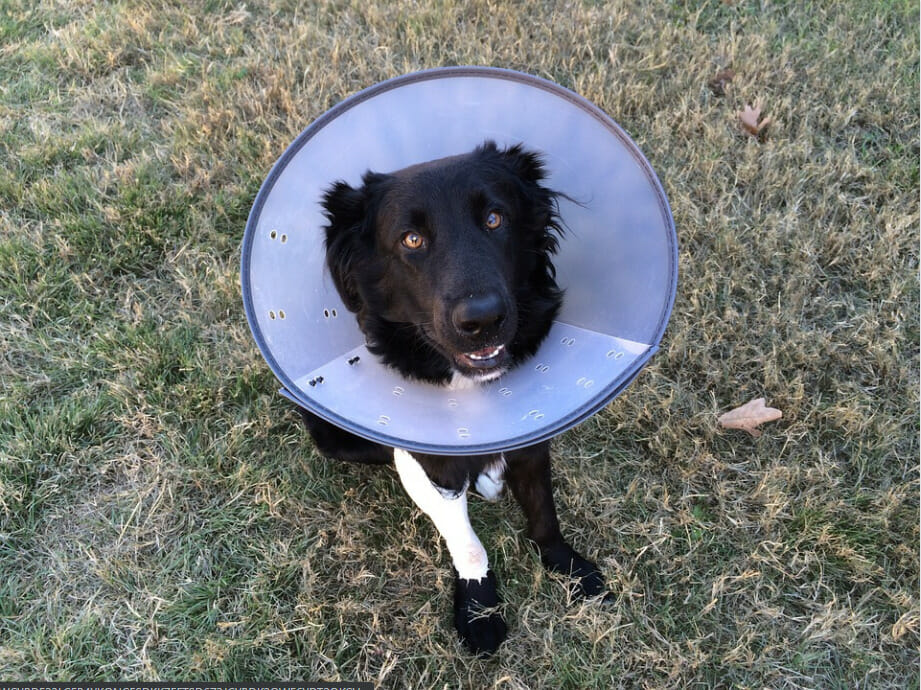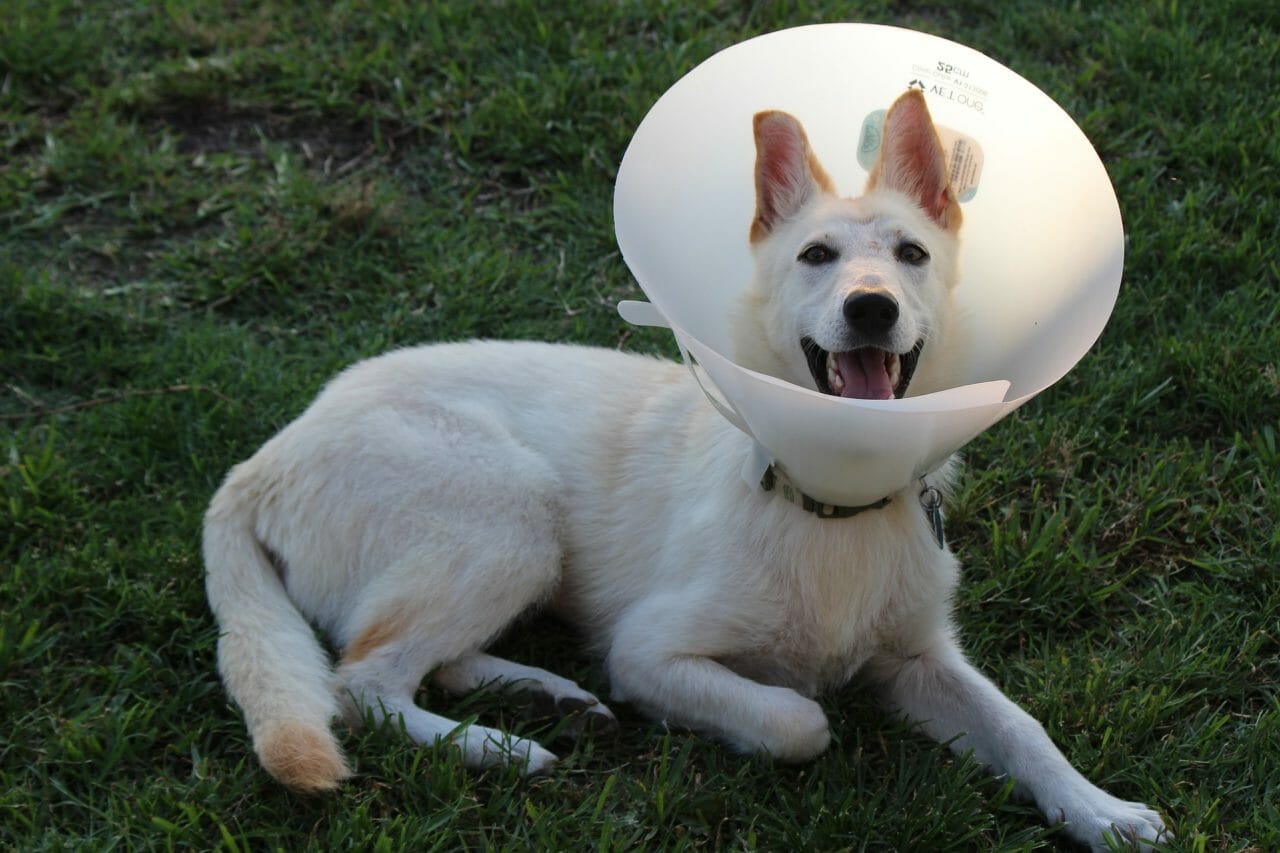Cryotherapy is ‘cold’ therapy or, more simply, utilizing an ice pack to treat certain conditions for your pet.
When to use Cryotherapy?
Cryotherapy should be used:
- as management for acute inflammation, post-operative swelling, and pain,
- musculoskeletal trauma that is acute,
- pain due to muscle spasms, and
- after exercise to prevent edema (swelling) and pain.
Best Methods on Applying Cryotherapy to your Pet
When applying cryotherapy on your pet.
- Always place a light towel or a pillowcase around the ice pack before placing it on your pet.
- In addition, you should check every few minutes to make sure what you are cooling is not too cold.
- I recommend sitting with your pet while you are icing them.
Cold Therapy Benefits
Cold Therapy has several benefits for your pet.
- Cryotherapy causes vasoconstriction (constriction of blood vessels, which increases blood pressure) and decreases cellular metabolism and histamine release, thus reducing inflammation.
- Cryotherapy also has analgesic (analgesic = pain reducing) effects by slowing nerve conduction velocity and raising the threshold for nerve stimulation.
- Several studies indicate that it can also decrease muscle spasm.
- Finally, one of the most exciting aspects of cryotherapy is the fact that it inhibits cartilage-degrading enzymes such as hyaluronidase and collagenase thereby providing a protective mechanism. Basically, the cryotherapy helps protect the joint to some extent!



